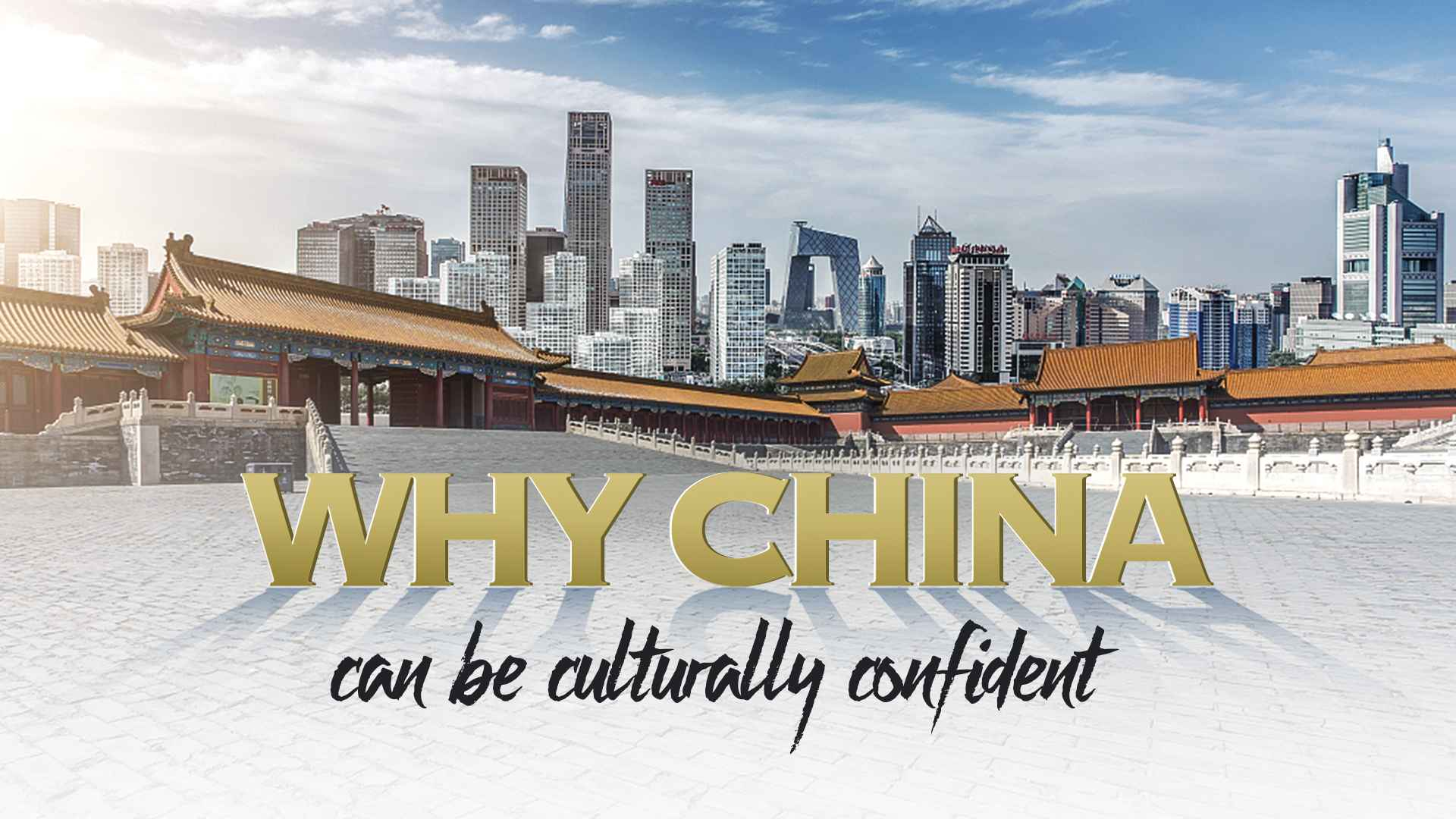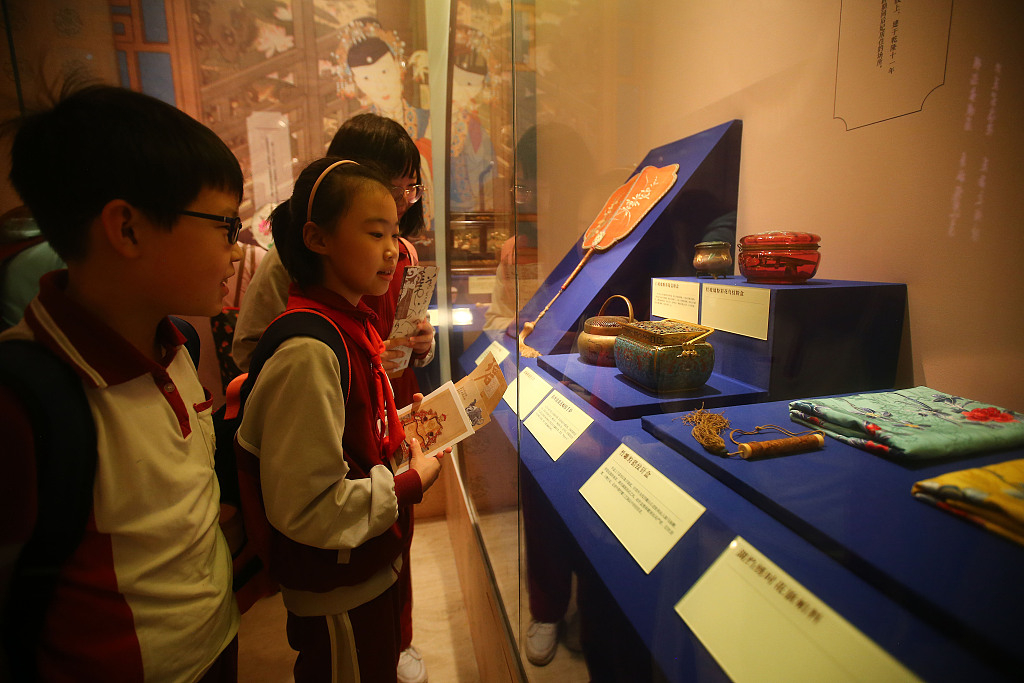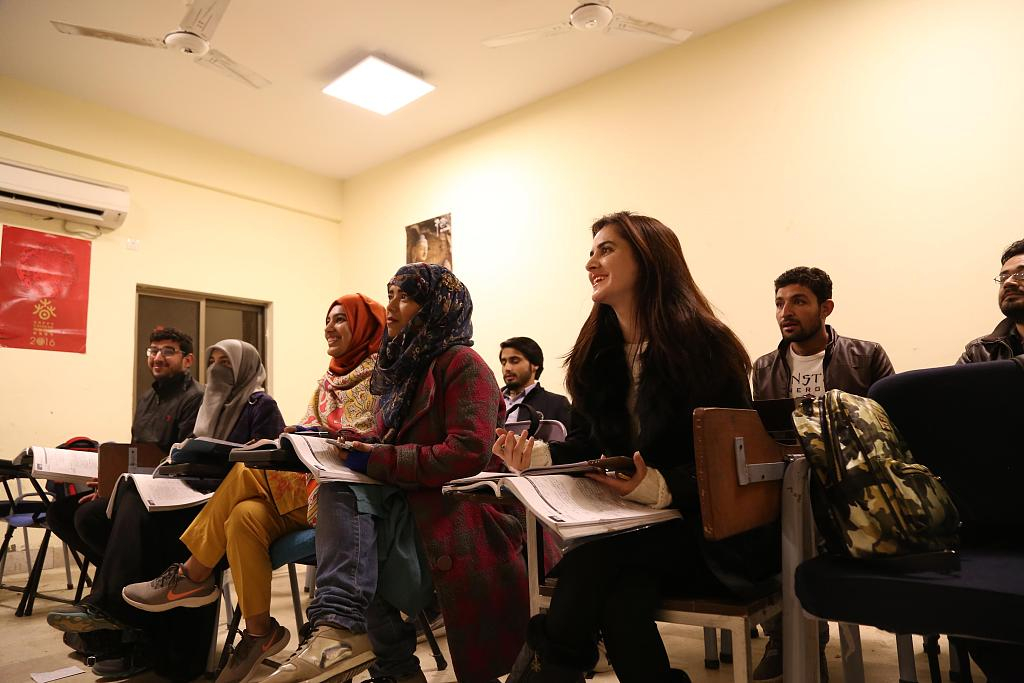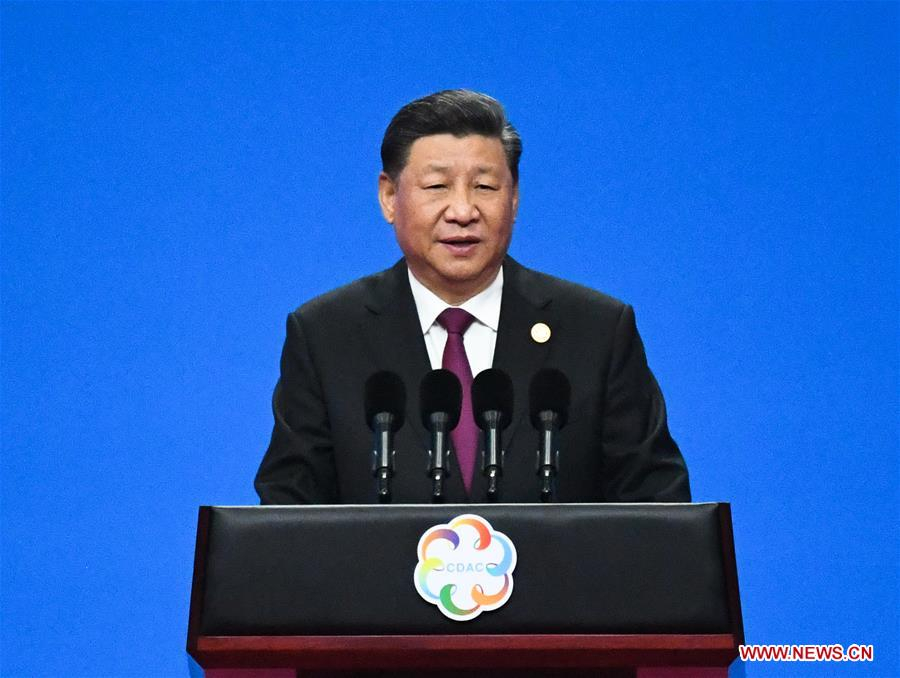
Culture China
20:54, 18-May-2019
What makes China confident about its culture
Updated
16:30, 19-May-2019
CGTN
12:06

Among the four major ancient civilizations, China is the only country to have adopted ideograms and continued their use without interruption to date.
To achieve that is never an easy task, especially with the rapid modernization and globalization of the world's second-largest economy.
Museums in China have played an active role in reviving the country's traditional culture in recent years. With “Museum And Cultural Fever” sweeping across the country, TV and internet shows about museums and cultural artifacts are springing up like mushrooms.
In 2018, over 20,000 exhibitions took place in museums across China and received one billion visitors. With the help of technology, many interactive platforms and digital communities have been built to make the artifacts come to life and offer more fun to visitors.

Visitors at the Capital Museum in Beijing on September 28, 2018. /VCG Photo
Visitors at the Capital Museum in Beijing on September 28, 2018. /VCG Photo
More and more young people have become fans of Chinese traditional culture.
According to Palace Museum data, the post-80s and the post-90s have become the main focus of Palace Museum tourists, and people under the age of 30 account for 40 percent of visitors.
The protection of intangible cultural heritage is another crucial way to protect and pass on the country's ancient culture. China introduced an Intangible Cultural Heritage Law in 2011. By 2018, 40 Chinese intangible cultural heritage items have been included in UNESCO's Intangible Heritage Representative List. Local artisans of intangible cultural heritage are receiving due attention as well.
China has also made great progress in spreading Chinese culture on the world stage. The Disney blockbuster Kung Fu Panda, for example, explained quite well to the world about China's martial arts. The Confucius Institutes around the globe also play very important roles in teaching international people Chinese.

Students study Chinese at the Confucius Institute in Islamabad, Pakistan on December 10, 2018. /VCG Photo
Students study Chinese at the Confucius Institute in Islamabad, Pakistan on December 10, 2018. /VCG Photo
As traditional Chinese culture gains worldwide recognition, China's international influence also expands and civilizations are therefore colorful because of cross-cultural communication.
Addressing the opening ceremony of the Conference on Dialogue of Asian Civilizations in mid-May, Chinese President Xi Jinping said that each civilization is the crystallization of human creation, and each is beautiful in its own way.

Chinese President Xi Jinping delivers a keynote speech at the opening ceremony of the Conference on Dialogue of Asian Civilizations (CDAC) at the China National Convention Center in Beijing, capital of China, May 15, 2019. /Xinhua Photo
Chinese President Xi Jinping delivers a keynote speech at the opening ceremony of the Conference on Dialogue of Asian Civilizations (CDAC) at the China National Convention Center in Beijing, capital of China, May 15, 2019. /Xinhua Photo
Xi also said that Asian nations may build on the rich heritage of their forefathers, stay engaged with other civilizations and increase mutual learning.
Watch the video at the top of the article for a look at the efforts China has made to protect and develop its culture.

SITEMAP
Copyright © 2018 CGTN. Beijing ICP prepared NO.16065310-3
Copyright © 2018 CGTN. Beijing ICP prepared NO.16065310-3